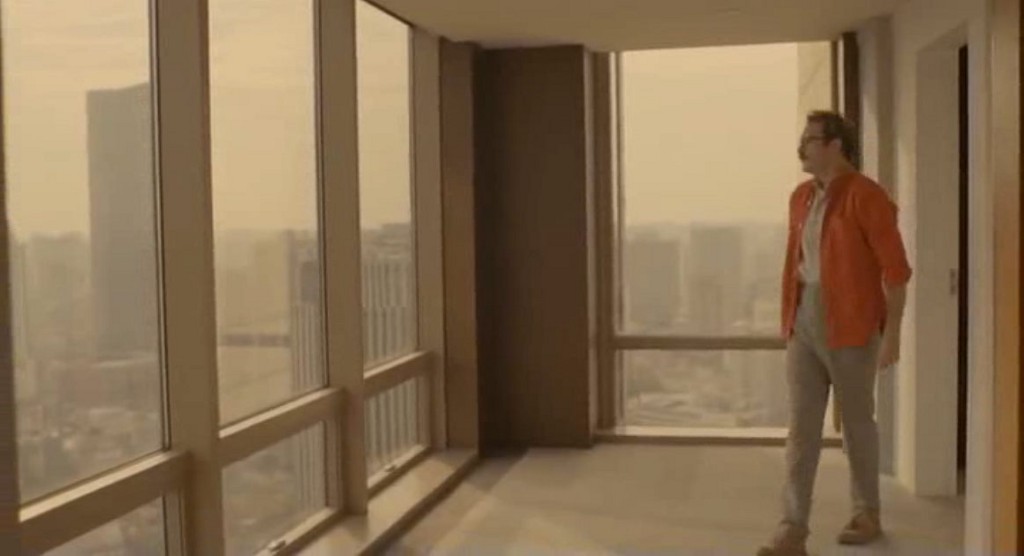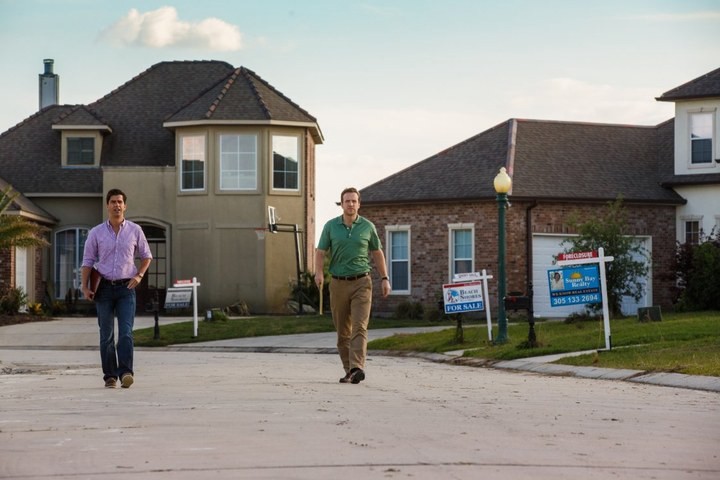Building More High-End Condos Should Benefit All Residents. Here’s Why It Doesn’t.
Why don’t rental prices drop when high-rises go up?

In a post recently, I mentioned the plague of high-end condo buildings that has been visited upon large swaths of New York City’s five boroughs. In response, a commenter pointed out that more housing should be a good thing. If the rich are satisfied by new construction, then the middle- and working-classes should have less competition for pre-existing places, and those apartments should become more accessible. Everyone wins!
It’s a sound theory. Unfortunately, in desirable urban centers and other areas nationwide, that’s not how the situation plays out. Here are the some of the reasons why.
Supply & Demand
The Times explains what it describes as “a severe shortage of affordable apartments” by reintroducing to us our old friends, Supply and Demand.
Demand for rental units has surged, with credit standards tight and many families unable to scrape together enough for a down payment for buying a home. At the same time, supply has declined, with homebuilders and landlords often targeting the upper end of the market.
No one’s stepping in to meet Demand.
In many markets, investors have rushed to meet the new demand by building new multifamily housing units or by buying up foreclosed homes and renting them out. But that has not translated into a surge of new units available to low-income renters.
“Builders always are aiming at that higher end,” said Jed Kolko, the chief economist at Trulia. “And eventually, as those new units age, they trickle down to lower-income borrowers.”
But not now. With demand surging, inventories are shrinking, vacancy rates are falling and rents are rising at the low end.
With almost 70% of New York residents renting, the vacancy rate of NYC apartments is dismal, and that’s not going to change any time soon. The city is so exciting, so full of jobs, and, relatively speaking, so safe that prospective residents continue to pour in from all directions. As Curbed puts it, “rental supply has been static despite the increased demand from population growth ahead of projections and record employment gains.”
So, on the Supply side, landlords of formerly low-rent buildings are renovating — or not, and just raising rents anyway — in the hopes of attracting wealthier tenants, often from out of town. That forces out locals who cannot afford the higher rents, since their wages have remained flat.
And on the Demand side, those tenants find they are competing for the few remaining affordable rentals with several populations:
- Everyone else who’s been forced out (other locals)
- Everyone who is moving to the city for a job or ed program that doesn’t pay much (low-income newcomers), and
- Everyone who either lost their house and/or who can no longer buy, thanks to the financial crisis (people who would/should be owners rather than renters)
Damn You, Financial Crisis
Yes, once again, we can blame the bankers.

Thanks to those jerks, there are even more renters saturating the market.
Rent Inflation
Rent inflation is a serious, nationwide problem because the majority of us cannot afford the results. As a different Curbed piece points out, “rising rent has outpaced income growth since 1960. Rent rose 64% since 1960 while income only increased by 18%” in New York. It’s been really rough, though not quite as bad, elsewhere, too.
CNBC explains why rent inflation hits low-income groups hardest.
“Rent inflation is consistently higher for lower-cost housing units than it is for higher-cost units,” Jonathan McCarthy and Richard Peach, researchers at the Federal Reserve Bank of New York’s research and statistics group, said in a recent blog posting.
The researchers examined data from the American Housing Survey’s (AHS) national samples for 1989–2013 to estimate inflation rates for rents and utilities, and found “trickle-down” housing may bear the brunt of the blame for socking low-cost renters with proportionally larger rent rises.
“More Supply Creates Its Own Demands”
Another reason that building luxury apartments does nothing for the market at large is that wealthy out-of-towners contribute to what could be called “the pied-a-terre problem.” If you build it, they will come, “they” being oligarchs and other people who can afford to pay $5 or $10 million for a piece of property.
If you build it, they will come, “they” being oligarchs and others who can afford to pay $5 or $10 million for one piece of property.
Building that kind of supply, in other words, creates a new demand, one that exists independent of other populations and their real-world needs.
Santa Barbara has housing prices that are not supported by the underlying dynamics of the local economy, for one very simple reason: The uber-rich from around the world drive up home prices by paying premium prices, often for houses they don’t actually occupy very often. This throws the supply-demand equation out of whack; if you build more houses, the result might just be more uber-rich folks from out of town showing up to buy them, and that doesn’t help ordinary folks.
These pied-a-terre types don’t contribute much in terms of taxes, either, and neither do their fancy NYC condo buildings, many of which receive tax abatements. Not only do these high-end shoeboxes not serve the community, then; they don’t benefit the community, either.
In Short, Trickle-Down Gentrification is a Fallacy
Jacobin Magazine brings its trademark dyspepsia to “the fallacy of trickle-down gentrification” in this piece, which argues that high-end construction is part mirage, part distraction.
the idea that the crisis can be solved by letting the free market build penthouses masks the need for government intervention through massive construction of new housing.
Because it’s never afraid of self-parody, it also quotes Engels, who wrote,
Whence then comes the housing shortage? It is a necessary product of the bourgeois social order. … The house owner in his capacity as capitalist has not only the right, but, in view of the competition, to a certain extent also the duty of ruthlessly making as much out of his property in house rent as he possibly can.
In such a society, the housing shortage is no accident; it is a necessary institution.
OK then!
Lastly, a Civics Lesson
This piece about a zoning fight being waged in downtown LA gets the last word, because it includes a great quote.
“We’re not against development,” added Grace Yoo. “We’re against inappropriate development. We are against kicking people out and making them homeless. Someone from United Neighborhoods for Los Angeles said it best. She said, ‘our building more Ferraris does not decrease the price of the Honda Civic.’”
Especially if people stop building Honda Civics and the ones that already exist are continually re-sold to richer drivers.
Support The Billfold
The Billfold continues to exist thanks to support from our readers. Help us continue to do our work by making a monthly pledge on Patreon or a one-time-only contribution through PayPal.
Comments